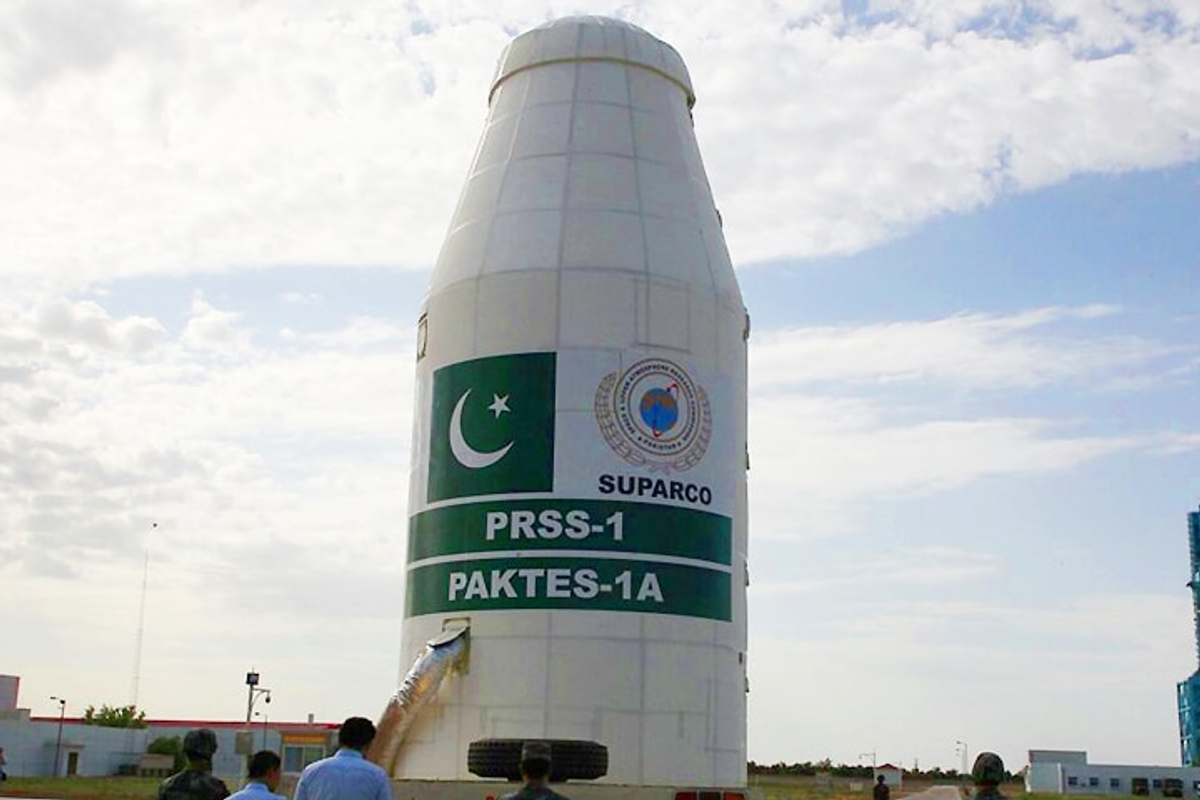Pakistan to launch new remote sensing satellite from China
SUPARCO spokesperson says the satellite will enhance crop yields, urban planning, and disaster alerts

Javed Hussain
Correspondent
I have almost 20 years of experience in print, radio, and TV media. I started my career with "Daily Jang" after which I got the opportunity to work in FM 103, Radio Pakistan, News One, Ab Tak News, Dawn News TV, Dunya News, 92 News and regional channels Rohi TV, Apna Channel and Sach TV where I worked and gained experience in different areas of all three mediums. My journey from reporting to news anchor in these organisations was excellent. Now, I am working as a correspondent with Nukta in Islamabad, where I get the opportunity of in-depth journalism and storytelling while I am now covering parliamentary affairs, politics, and technology.

The new satellite will become part of Pakistan’s expanding space fleet, which already includes PRSS-1, launched in July 2018, and EO-1, launched earlier in January 2025
Courtesy: FO
Pakistan is set to launch a new remote sensing satellite on July 31, 2025, from the Xichang Satellite Launch Center in China, marking a significant advancement in the country’s space program, officials said.
The Pakistan Space and Upper Atmosphere Research Commission (SUPARCO) announced the launch, describing it as a major milestone in Earth observation capabilities.
SUPARCO spokesperson Mariya Tarqi said the satellite would support a wide range of national applications, from precision agriculture to urban planning.
“It will aid in boosting crop yields, monitoring infrastructure growth and urban sprawl, and strengthening regional planning,” Tarqi said.
She added that the satellite would also enhance disaster management by delivering timely warnings for floods, landslides, and earthquakes.
Other critical uses include tracking glacier recession, deforestation, and environmental changes, providing vital data under various weather and atmospheric conditions.
SUPARCO said the satellite will also support national development projects such as the China-Pakistan Economic Corridor (CPEC) by mapping transportation networks and identifying geohazard risks.
The new satellite will become part of Pakistan’s expanding space fleet, which already includes PRSS-1, launched in July 2018, and EO-1, launched earlier in January 2025.
SUPARCO said the new addition will strengthen the country’s space-based infrastructure and contribute to the goals outlined in Pakistan’s National Space Policy and SUPARCO’s Vision 2047.
These long-term plans aim to place Pakistan among the leading nations in space technology and innovation.










Comments
See what people are discussing